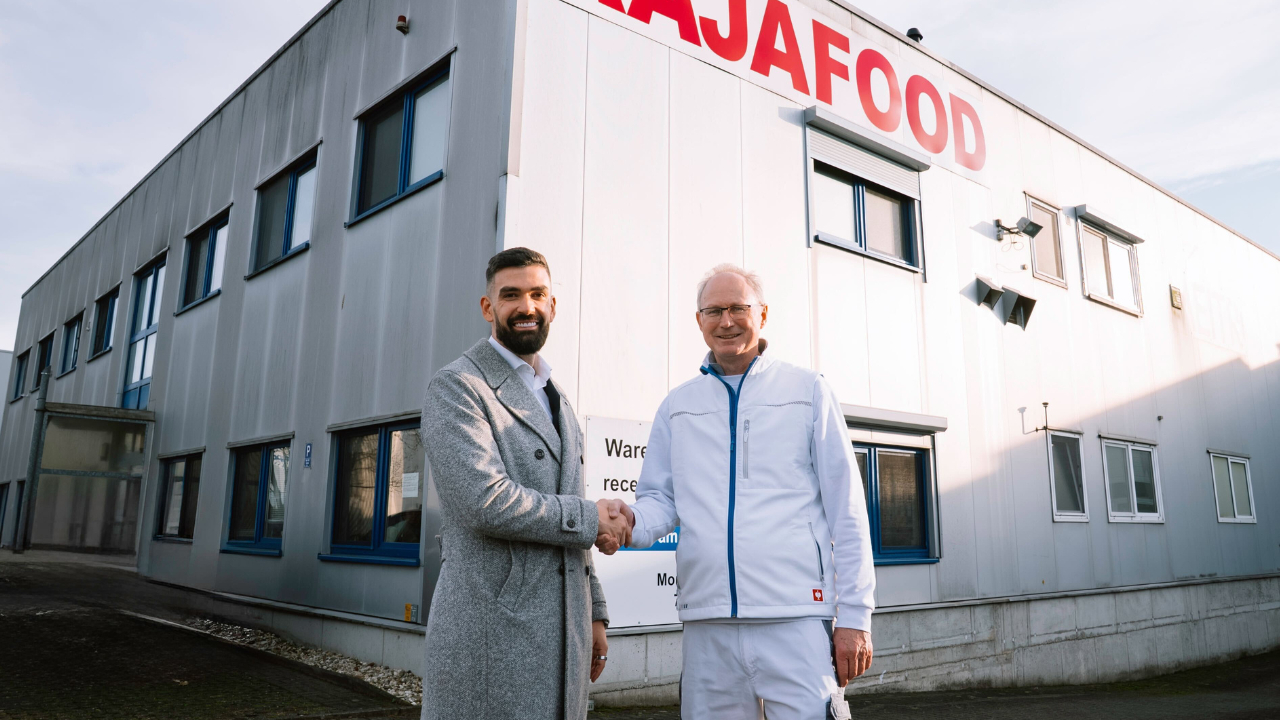The VAT exemption limit, known as the “limit zwolnienia z VAT,” is a crucial threshold for small entrepreneurs operating within the scope of VAT regulations. When a taxpayer’s turnover remains below this limit, they can benefit from VAT exemption under statutory provisions, notably under Article 113 of the VAT Act. This exemption is often favored by small business owners, including spouses engaged in jointly operated businesses, as it simplifies tax compliance and reduces administrative burdens. However, the application of VAT exemption limits in the context of spouses, especially when they share or separate their property, raises important questions about whether the limit applies jointly or individually, and how to correctly account for VAT when their economic activities are intertwined or conducted separately. This comprehensive guide explores all these aspects, providing clarity for VAT-active spouses and offering practical insights on how to calculate and report VAT separately or jointly, considering the applicable legal and tax interpretations.
Limit zwolnienia z VAT dla małżonków – czy obowiązuje wspólnie czy osobno?
The question of whether the VAT exemption limit applies jointly or separately to spouses is fundamental for proper tax planning and compliance. According to the provisions of the VAT Act, particularly under Article 113, the limit is generally considered on an individual basis, meaning each spouse can benefit from the exemption if their individual turnover does not exceed the statutory threshold. This interpretation aligns with the principle that VAT liability is personal, and each taxpayer is responsible for their tax obligations. However, in practice, the situation becomes more complex when spouses conduct business activities together, such as rental of jointly owned property or shared services, which might lead to a collective assessment of turnover. The key legal question then revolves around whether the tax authorities interpret the exemption limit as applying to each spouse individually or as a combined threshold for the entire household or joint economic activity, especially when the spouses are in a community property regime. The prevailing view, supported by tax interpretations, is that the limit applies separately, unless the spouses choose to aggregate their activities for VAT purposes, which requires specific formalities and documentation. This distinction is crucial because exceeding the limit individually or jointly can lead to different tax obligations, including the necessity to register as a VAT taxpayer and start charging VAT on taxable supplies.
Zasady rozliczania VAT przy wspólnym majątku małżonków
When spouses operate a business under shared property, such as a common household or jointly owned assets, the principles of VAT accounting become particularly nuanced. The core issue relates to whether the spouses should file VAT returns separately or jointly, and how their shared assets influence this process. Under Polish law, particularly under the regime of community property (wspólność majątkowa), the income and expenses related to jointly owned assets are generally considered collective for tax purposes, which can impact VAT calculations. In such cases, spouses may opt to file a consolidated VAT return, reflecting the total turnover from their shared activities. However, this option is only available if they meet certain criteria, such as being registered as a group or as a joint VAT payer, which involves formal registration with the tax authorities. Otherwise, each spouse must maintain separate VAT records, even if they share assets or operate within the same business entity. When calculating VAT, it is essential to distinguish between the turnover generated from activities directly related to shared property and those from independent sources. Proper documentation, such as contracts, invoices, and agreements, is crucial to substantiate the allocation of VAT liabilities and ensure compliance with statutory obligations. The key challenge lies in accurately attributing income and expenses to each spouse while respecting the legal framework governing community property and individual tax liabilities.
Interpretacje podatkowe dotyczące limitu zwolnienia z VAT dla małżonków
Tax interpretations issued by the Polish tax authorities provide valuable insights into how the VAT exemption limit should be applied to spouses. These interpretations often clarify whether the limit should be considered jointly or separately, especially in cases where spouses share assets or conduct joint activities. For instance, the tax authorities have consistently maintained that the VAT exemption limit under Article 113 is assessed on an individual basis, meaning each spouse’s turnover is considered independently. However, there are specific situations where the authorities recognize the possibility of aggregating turnover if the spouses operate a common business or are registered as a group for VAT purposes. Such interpretations emphasize the importance of maintaining detailed records and documentation to substantiate the separation or aggregation of activities. Furthermore, tax guidelines stress the need for clear contractual arrangements and transparent accounting practices, especially when spouses share assets, lease jointly owned property, or provide joint services. Recognizing the nuances in these interpretations helps spouses avoid inadvertent violations of VAT regulations and ensures they correctly apply the exemption limit, thereby avoiding penalties or additional tax liabilities.
Przykład: rozliczenie najmu wspólnej nieruchomości przez małżonków
Consider the scenario where spouses jointly own a property used for rental activities. The question arises whether they should account for VAT jointly or separately when renting out the property. In this case, the key factor is whether the rental activity constitutes a taxable supply under VAT law and whether the spouses are considered separate VAT taxpayers or a single entity. If both spouses are active VAT taxpayers, they can choose to consolidate their rental income into a single VAT return, especially if they operate under a common business or have formalized their joint activity through a partnership or collective registration. Conversely, if only one spouse is registered as a VAT taxpayer, the other must remain outside the VAT system unless they decide to register jointly. The calculation of the VAT exemption limit in this context hinges on the total turnover from the rental activity. If the combined turnover exceeds the statutory threshold, both spouses might be obliged to register for VAT and start charging VAT on their rental income. Proper documentation, such as lease agreements, invoices, and proof of shared ownership, is essential to justify their VAT status and ensure correct reporting. Additionally, spouses should consider the impact of community property law, which might influence the allocation of income and VAT liabilities, especially when the property is considered jointly owned under the regime of wspólność majątkowa.
Jakie są konsekwencje przekroczenia limitu zwolnienia z VAT przez jednego z małżonków?
Exceeding the VAT exemption limit by even one spouse can have significant legal and tax consequences. Primarily, it triggers the obligation to register as a VAT payer, which means the spouse must start charging VAT on taxable supplies and submit VAT returns regularly. This change can lead to increased administrative burdens, including maintaining detailed records of sales and purchases, issuing proper invoices, and fulfilling reporting obligations to the tax authorities. Moreover, the transition from exempt to VAT-registered status can impact pricing strategies, as the addition of VAT might make the services or goods less competitive compared to non-VAT registered competitors. Additionally, exceeding the limit can influence the VAT status of the entire household if the spouses operate as a common business entity or under shared assets, potentially affecting the legal classification of their activities. Penalties and interest for non-compliance are also a risk if the exceeding of the limit is not reported accurately and timely. Therefore, it is crucial for spouses to monitor their turnover carefully, maintain proper documentation, and consult with tax advisors to ensure compliance and avoid unintentional violations that could lead to financial penalties or increased scrutiny from tax authorities.
Czy małżonkowie mogą wspólnie korzystać z jednego limitu zwolnienia z VAT?
The possibility for spouses to share a single VAT exemption limit depends heavily on their specific circumstances and how they conduct their business activities. In general, under Polish VAT law, each spouse is assessed separately, meaning they are entitled to the exemption if their individual turnover does not exceed the threshold. However, spouses involved in a joint business or operating in a manner that creates a collective turnover can opt for a different approach by registering as a VAT group or a consolidated VAT payer. This registration allows them to treat their combined activities as one taxable entity for VAT purposes, thus sharing a single exemption limit for all members. Such arrangements require formal registration with the tax authorities, clear contractual agreements, and proper bookkeeping. It is also vital to understand that the decision to operate as a VAT group or to aggregate activities should be carefully considered, as it involves additional reporting obligations and compliance requirements. When spouses choose to utilize a shared exemption limit, they must ensure that their documentation clearly reflects the collective nature of their activities, with proper allocation of income and expenses. Consulting with a tax specialist before making this decision is highly recommended to optimize tax benefits and ensure adherence to legal provisions.
Jakie dokumenty są potrzebne do rozliczenia VAT przy wspólnym majątku?
Proper documentation is the cornerstone of accurate VAT reporting, especially when spouses operate under shared property. To effectively manage VAT obligations, spouses must maintain comprehensive records that substantiate their turnover, expenses, and the nature of their transactions. This includes invoices issued to and received from clients, lease agreements for jointly owned property, contracts with service providers, and any other relevant documents that support the taxable activities. When spouses operate jointly, it is advisable to prepare a detailed record of income and expenses associated with shared assets, including proof of ownership or co-ownership, such as property deeds or co-ownership agreements. In cases where they have decided to register as a VAT group or to treat their activities collectively, formal documentation of this decision is essential, including registration certificates and internal agreements that specify the scope of shared activities. Additionally, maintaining a clear separation between personal and business finances, such as separate bank accounts and accounting books, significantly simplifies VAT calculation and compliance. Ensuring that all documentation is accurate, complete, and up-to-date helps in avoiding disputes with tax authorities and facilitates smooth VAT audits or inspections.
Najczęstsze błędy małżonków przy rozliczaniu VAT
Among the most common mistakes made by spouses when dealing with VAT include misclassification of activities, improper documentation, and failure to monitor turnover limits accurately. Many spouses mistakenly treat their shared assets as separate in VAT records, which can lead to incorrect exemption claims or VAT liabilities. Another frequent error is neglecting to keep detailed invoices and receipts, which are crucial for substantiating taxable transactions and VAT deductions. Additionally, some spouses fail to differentiate between personal and business expenses, resulting in inaccurate VAT calculations and potential penalties during audits. Failure to monitor the turnover against the statutory limit for exemption is also a widespread issue; exceeding the threshold without proper registration or notification to tax authorities can lead to penalties, interest, and retroactive VAT liabilities. Furthermore, inadequate understanding of the legal provisions, such as the implications of community property law or the criteria for registering as a VAT group, often causes compliance issues. To avoid these pitfalls, spouses should seek professional advice, implement robust accounting practices, and regularly review their VAT obligations to ensure full compliance with the law.
Jakie są różnice w rozliczaniu VAT przy wspólności majątkowej i rozdzielności majątkowej?
The main difference in VAT accounting between the regime of wspólność majątkowa (community property) and rozdzielność majątkowa (separation of property) lies in how assets and income are treated for tax purposes. Under wspólność majątkowa, assets and income acquired during the marriage are considered jointly owned, which means that VAT obligations and turnover are often viewed collectively, especially if the spouses operate a shared business or jointly lease property. This regime encourages a unified approach to VAT reporting, where shared assets and activities are aggregated for exemption and liability purposes, provided proper documentation and agreements are in place. Conversely, under rozdzielność majątkowa, each spouse maintains separate ownership of assets and liabilities, which necessitates individual VAT registration and separate reporting. Each spouse must independently track their turnover, expenses, and VAT obligations, even if they operate within the same household or business. This separation simplifies compliance for individual activities but complicates joint ventures or activities involving shared assets. Understanding these differences is vital for proper VAT planning and avoiding legal pitfalls, ensuring that each spouse adheres to the correct registration and reporting procedures according to their property regime.









